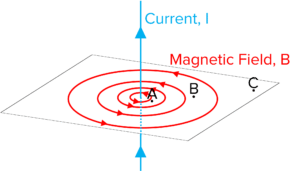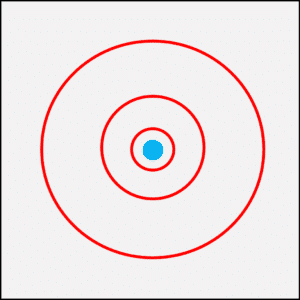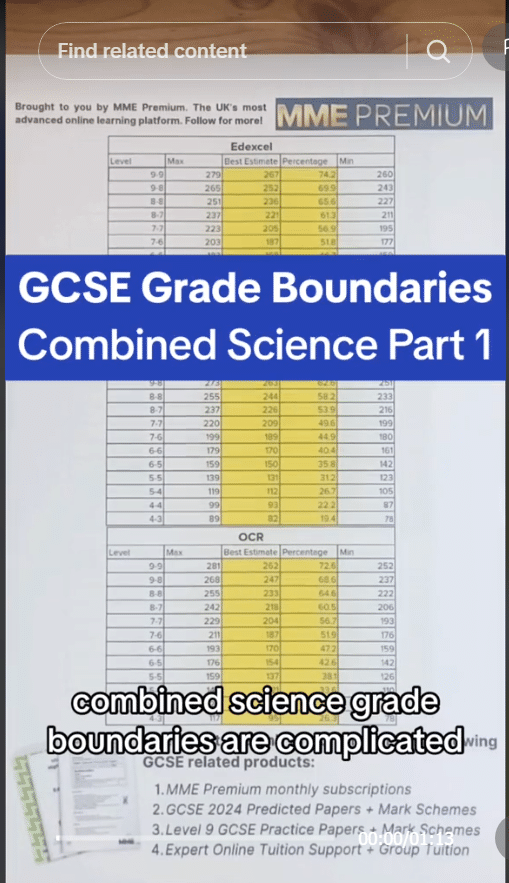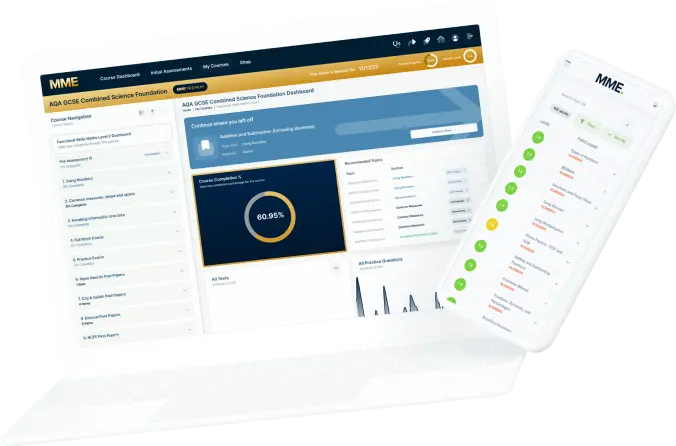Electromagnetism
Electromagnetism Revision
Electromagnetism
Magnetic fields affect electrical charges and electrical charges affect magnetic fields. This means that we can create magnets with an electrical current.
Current and Magnetic Fields
When an electric current flows through a wire, it produces a magnetic field surrounding the wire. This magnetic field can be represented using field lines in concentric circles (circles inside one another) around the wire.
The direction of the magnetic field depends on the direction of the electric current. We use the right-hand rule to determine which way the magnetic field is pointing. This is how you use the right-hand rule:
- With your right hand, point your thumb in the direction of the current.
- The direction your fingers curl is the direction of the magnetic field.

The strength of the magnetic field depends on the size of the current and the distance from the wire. A bigger current means a stronger magnetic field. The further you get from the wire, the weaker the magnetic field. This is why the field lines get further apart on the diagram, the further away from the wire they are.
Solenoids
A solenoid is a coil of wire. When a current flows through the wire, the magnetic field produced is the similar to the magnetic field produced by a bar magnet. This is because the magnetic field around each piece of wire line up with one another.
Inside the solenoid the magnetic field is uniform, very strong and in the same direction at every point inside the solenoid. This is shown in the diagram by straight, equally spaced field lines.

You can increase the strength of the magnetic field produced by a solenoid by:
- Increasing the current flowing through the wire.
- Placing a block of iron in the centre of the solenoid. This iron core becomes an induced magnet when the current is flowing through the solenoid and hence adds to the magnetic field. An electromagnet is a solenoid with an iron core.
The magnetic field disappears as soon as you switch off the current on a solenoid. This is useful for creating a magnet that can be switched on and off.
Electromagnets
As we learned in the previous section, electromagnets are solenoids with an iron core. When a current is made to flow through the electromagnet, it produces a strong magnetic field but when the current is switched off there is no field at all.
Some uses of electromagnets are:
- Cranes to attract and pick up objects made from magnetic materials such as iron and steel. The magnet can be switched off to drop the object. For example, this can be used to move metal objects in scrap yards.
- Switches that operate by an electromagnet attracting an iron contact in order to close the circuit and create a complete loop. When the electromagnet is switched off, the iron contact moves away from the circuit and breaks the loop.
Electromagnetism Example Questions
Question 1: On the diagram, is the magnetic field strongest at point A, B or C? Give a reason for your answer.

[1 mark]
Point A.
Because the magnetic field is stronger the closer to the wire.
or
Because the field lines are closer together.
Question 2: The following diagram shows an incomplete diagram of the magnet field lines surrounding a current which is flowing directly into the page.

Use the right-hand rule to work out which direction the arrows on the field lines should be.
[1 mark]
The arrows should be clockwise.
Using the right-hand rule, the thumb points towards the page and the fingers curl around clockwise.
Question 3: State two ways to increase the strength of the magnetic field inside a solenoid.
[2 marks]
- Increase the current flowing through the solenoid.
- Insert an iron core into the middle of the solenoid.
Question 4: Describe what an electromagnet is and why they are useful. Include one example of an application of electromagnets.
[3 marks]
A solenoid with an iron core.
Electromagnets are useful because the magnetic field can be switched on and off.
Any one application from:
- Cranes.
- Switches.





